Climate crisis
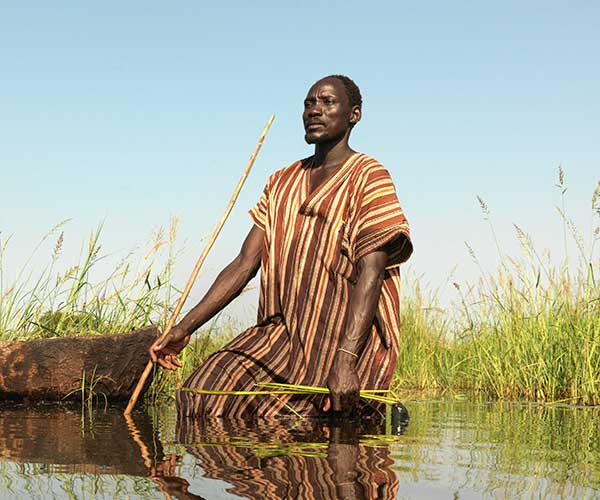
Rising temperatures and extreme weather are having a huge impact on already vulnerable communities.
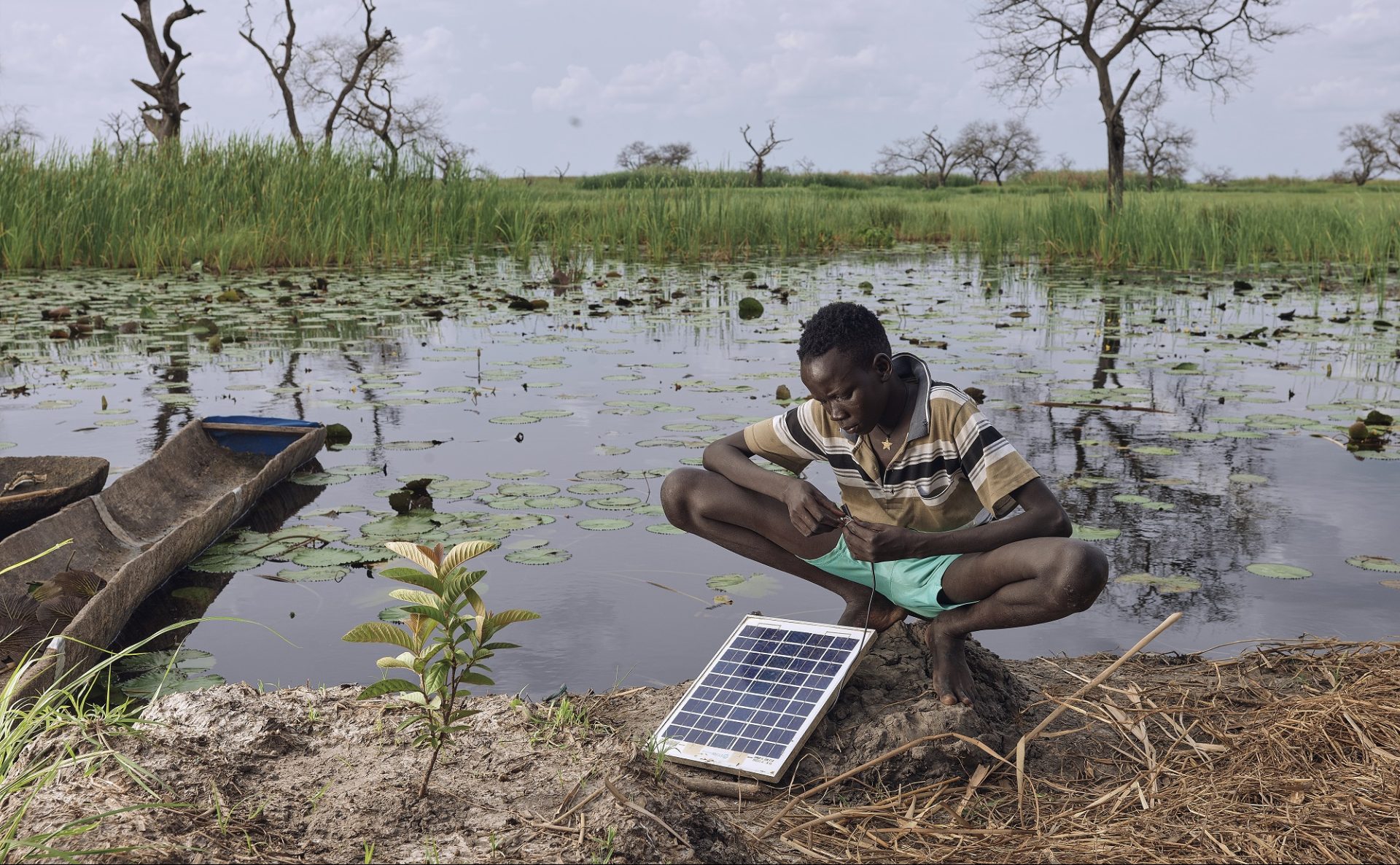
We strive relentlessly to find innovative ways to treat and prevent hunger.
And while the total number of deaths from severe malnutrition has decreased over the past 40 years, any death from malnutrition is both unacceptable and avoidable.
That’s why we’re working to find new, innovative and effective treatments to reach more children as world hunger rises.
Research and innovation allow us constantly to assess, improve and expand our programmes. This makes us the go-to organisation when it comes to understanding how to tackle hunger and its causes.
It’s why we lead the field of prevention, treatment and the causes of undernutrition.
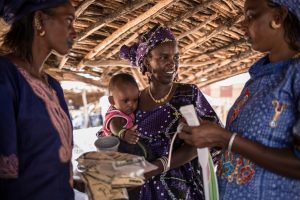
Thirty years ago, the medical community didn’t have a cure for malnutrition. So in 1993, we created it. Our team of scientists developed F100, the first-ever therapeutic formula to treat severely malnourished children.
Then scientists adapted this treatment to create a special peanut-based paste called ready-to-use therapeutic food (RUTF) that can bring a malnourished child from a medical crisis to full recovery in just six weeks.
We were the first organisation to test this paste full of healthy fats and protein in communities around the world. And we helped to develop the international standard for treatment protocols.
With the new millennium came new thinking. Agencies working in the area of nutrition realised it would be better to treat malnutrition right where it was happening, rather than in a hospital setting. Through the Community-Based Management of Acute Malnutrition (CMAM) approach, we can reach even more children in need and since patients remain at home or in local health clinics.
As a result, since 1990, the proportion of malnourished children globally has been cut in half. But we still need to do more.
And to do so, we’re working on even more innovations and new technologies.
We’ve created a simple smartphone app for diagnosing life-threatening hunger with just a photo. The SAM (Severe Acute Malnutrition) photo app compares the body shape of a malnourished child with that of a healthy child to decide if they need lifesaving treatment with ready-to-use therapeutic food. It’s a quick and easy way to diagnose malnutrition.
And we’ve tested a new way to reach more children by training community health workers to diagnose and treat malnourished children in their communities. The approach we’ve used is called iCCM+.
Bringing diagnosis and treatment for malnutrition closer to home means we can get to more children, more quickly and improve results for less money.
In Mali this new approach has doubled treatment coverage, improved outcomes for children and cut costs by half.
We’re all seeing more and more extreme weather events that destroy homes and crops. But what is less well-known is that climate change has become a big cause of rising hunger around the world.
That’s why we’re also developing early warning systems to help us predict problems likely to face farmers and pastoralists.
To do this requires accurate, real-time data from the field.
In the Sahel, where two out of three people make their living from agriculture and livestock, we’re pioneering digital solutions to support local pastoralists by monitoring risk factors such as drought or other climate shocks.
In 2020 we adapted this system to monitor and react to the impact of the coronavirus pandemic.
By creating a system that enables early identification of shocks, be it drought or a global health pandemic, we can share vital information with local producers, communities, policymakers and other charities and non-governmental agencies so they can take fast and effective action to avert crises.
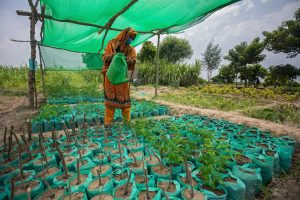
We know there is a link between water reserves, health and children becoming malnourished. If we can unlock it and understand it, we believe we will be able to prevent hunger better.
With the HydroNut project, we have set up a surveillance system that monitors groundwater and rainfall data, and correlates it with nutritional, health and food security information.
We believe this project will help us develop a system capable of providing early warnings for acute malnutrition based on rainfall and water table levels.
Evidence is the foundation of all we do. Our goal is to test our innovations and ensure they work. Then we share our research with others, so they can adopt our new and better ways of working.
One way we do this is through our Learning Hub, which brings together all sorts of learning from Action Against Hunger staff all over the world, in the form of articles, blogs, videos, audio, and more.

Rising temperatures and extreme weather are having a huge impact on already vulnerable communities.
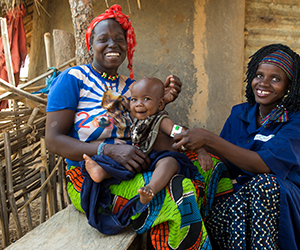
Providing children with the nutrition they need means they can fulfil their potential and build a brighter, healthier future.
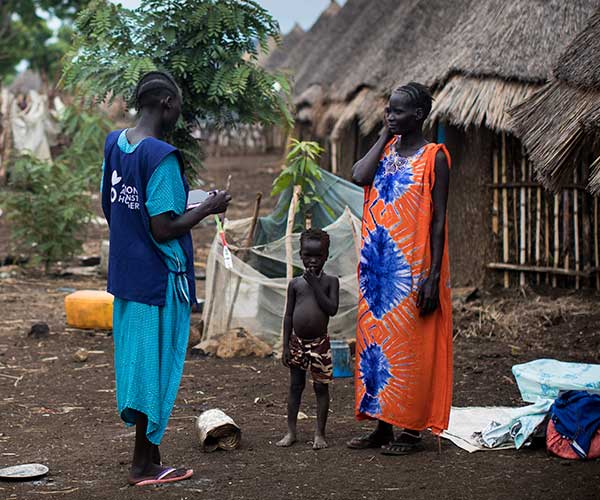
Most people facing hunger and malnutrition in the world today can be found in countries affected by conflict.
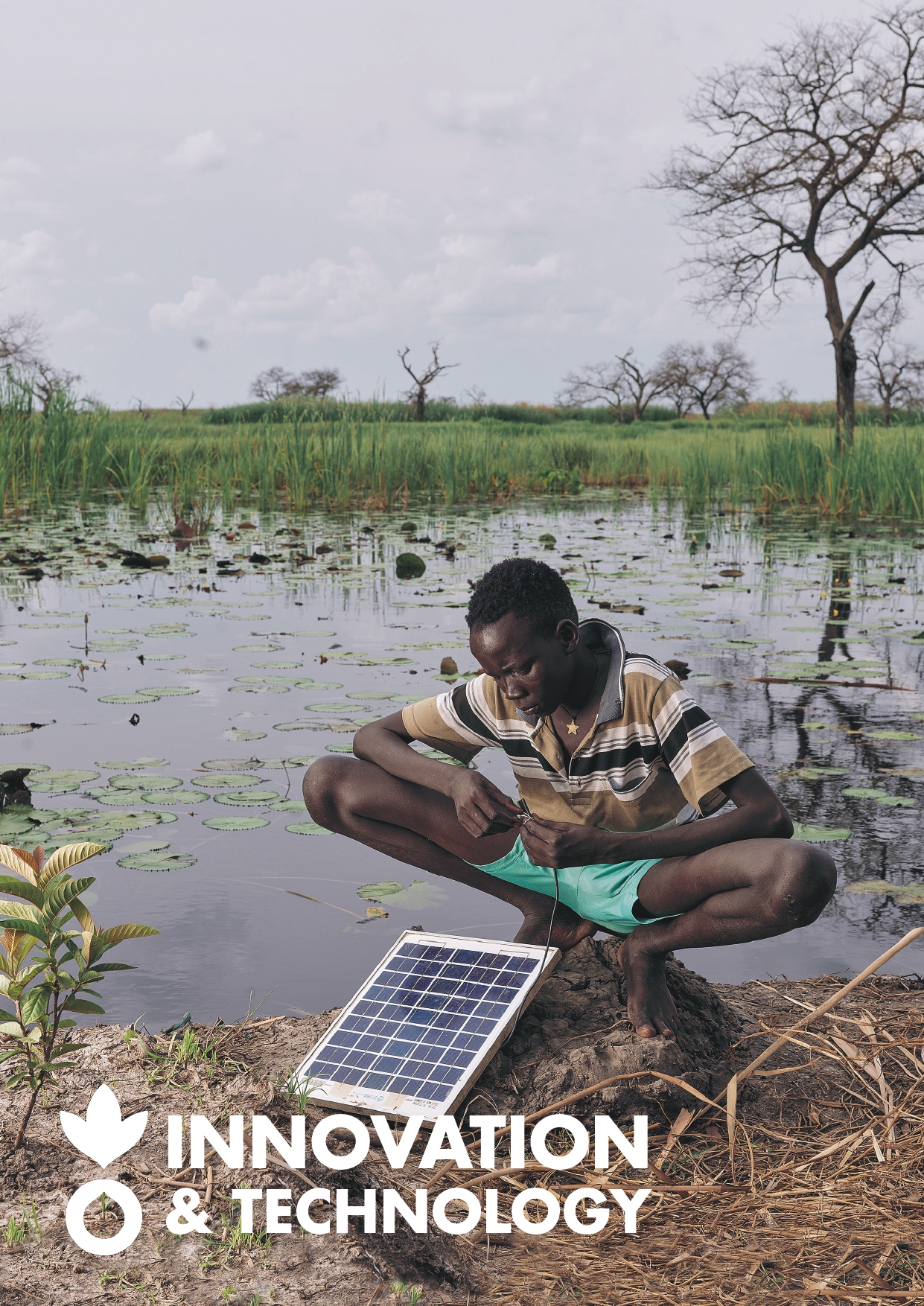
This proposition paper outlines how Action Against Hunger is working to find new, innovative and effective treatments to reach more children and tackle increasing world hunger.
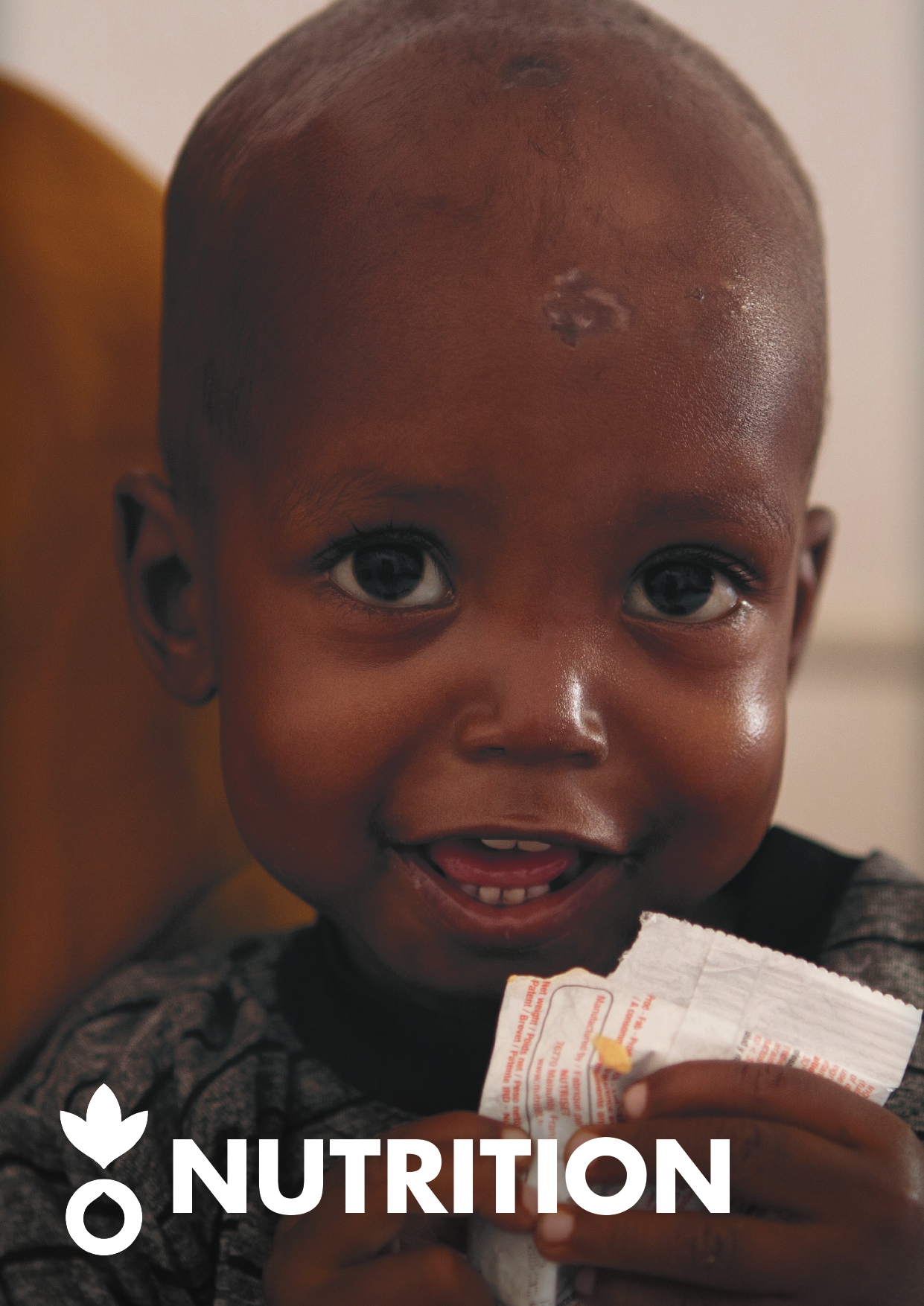
Every day, more than 2,000 children die from hunger-related causes. This proposition paper outlines the devastating effects of malnutrition and what Action Against Hunger is doing to combat it.